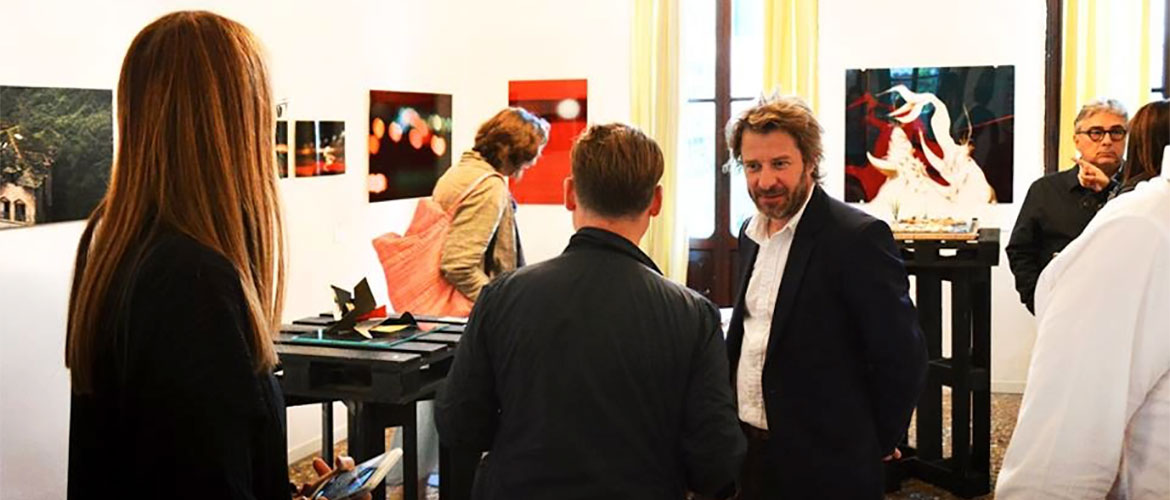
Among the most compelling challenges I had as an artist was to find a surface where I could print and present my work without affecting the vibrant colors and the brightness of the light movement.
As it is well known, there are plenty of traditional photo papers to print images. And the reality is, the result is good with most of them. However, with my photos the result was deficient. First of all, the colors were opaque; the image was not even close as bright as it was on the screen. Additionally, the movement of light was not appreciated properly, especially with the matte photography paper, even though it is a smooth photography paper, the result was mediocre. Consequently, the most artistic light movement was looking like a blurred stain on the paper.
At this point, I decided to experiment with the most outstanding Fine Art papers, some of them recommended by my professors, who have an extensive and successful career in the art field. My first option was Satin Fine Art Paper; this is a premium, bright, white paper, with an ultra-smooth satin surface. The result was much better; the movement of light was better appreciated. However, the colors were still missing some of its brightness.
Something similar happened when I tried the Photo Silk Paper. Consequently, I decided to move forward printing on Silk Canvas, which is a soft and smooth canvas surface, that looks almost like satin. In most of the images, the result was not bad. However, I felt the surface was not connecting with the concept behind my work. I was presenting these colorful, vibrant pieces full of life and movement, in a surface so delicate and fragile was a big inconsistency on my concept. Presenting a strong, lively movement of light into a soft surface was breaking the connection between concept and presentation.
At this point, I decided to make a pause to re-evaluate my options. One day, taking a look at my photos, I realize that maybe transparency was a good option. With this in mind, I bought a Premium Printable Transparency Film, It was an interesting result, nonetheless, for me to keep the vibrant colors, I needed to print many layers, and even then, the color was never as solid as it was on the screen. Plus, working with layers was not my goal at that moment.
Moving forward with the experimentation, Acrylic Sheets became an option. Although the results were not bad, I had to make a deeper experimentation to be able to fix the ink on the acrylic surface. Turns out that regular printer ink does not stay on the acrylic surface unless you use some chemicals to prepare the sheets hours in advance. Finally, when I printed my first photo on acrylic, it was a very similar result than the transparency sheets.
Reality is I didn’t have a strong influence to look at, because the amount of people doing abstract photography was limited. Not to mention, colorful abstract photography, which I couldn’t find none. This is when I realized that if I was creating an innovative artwork, then the surface to present it should be something original too.
When I decided to make my first trial on metal, it was no doubt a bold experimentation. Preparing a piece of metal, to then introduce it on a regular photo printer was a complicated process. First of all, the preparation of the surface had to start at least two days prior printing. Once I had the metal piece, I needed to clean it and prepare it for the inkjet coat, which allowed the ink to stick to the metal piece when printing. I applied two coats, and each coat needed around 12 hours to get dry. In the meantime, the piece had to be stored in a close, dry place, avoiding any particle of dust or any other thing to stick to it while drying. If by accident, any of this happened, then the process had to start all over again with a brand new piece.
Once this pre-printing process was completed, I discovered that the ink never dry 100%. As a result, it was not realistic to print this way. Eventually, the image was going to be damaged. Not to mention, it was impossible to transport the piece to one place to another, to exhibit in art galleries or just to simply storage it. In contrast, the images looked great, the colors where powerful and bright. Consequently, I had found my surface, now I needed to make it resistant.
All things considered, I decided to go with a process called Dye Sublimation Print on Metal. Which consist on infusing dyes into a pre-treated aluminum sheet via heat transfer. This means, you print the photo on transfer paper, then the paper is placed on a pre-treated aluminum sheet, and finally exposed to an extreme heat press. In effect, the dyes from the transfer paper turn into gas and then infused into the aluminum surface. As a result, I got a luminous, bright piece that not only was highlighting all the vibrant colors and the subtle movement of light on my pieces. But also, it was a lightweight, perdurable, resistant piece with a modern finish protected against hand touch, sunlight, or scratches.
The way to exhibit a piece is an essential part of Fine Art. With this in mind, when I presented my aluminum pieces to my audience, it was a clear confirmation I had found the ideal surface to present my art. Not only I was presenting an interesting concept developed with an innovative technique. But also, the experimentation with a wide range of material to finally find the perfect one: a modern, aesthetic, and lightweight surface that highlighted my work in such a remarkable way. Furthermore, abstract photography was normally printed on Traditional Photo Paper and aluminum or metal pieces were not really used in art galleries or Museums to present photography. In the final analysis, I was able to transform my photography into Fine Art.
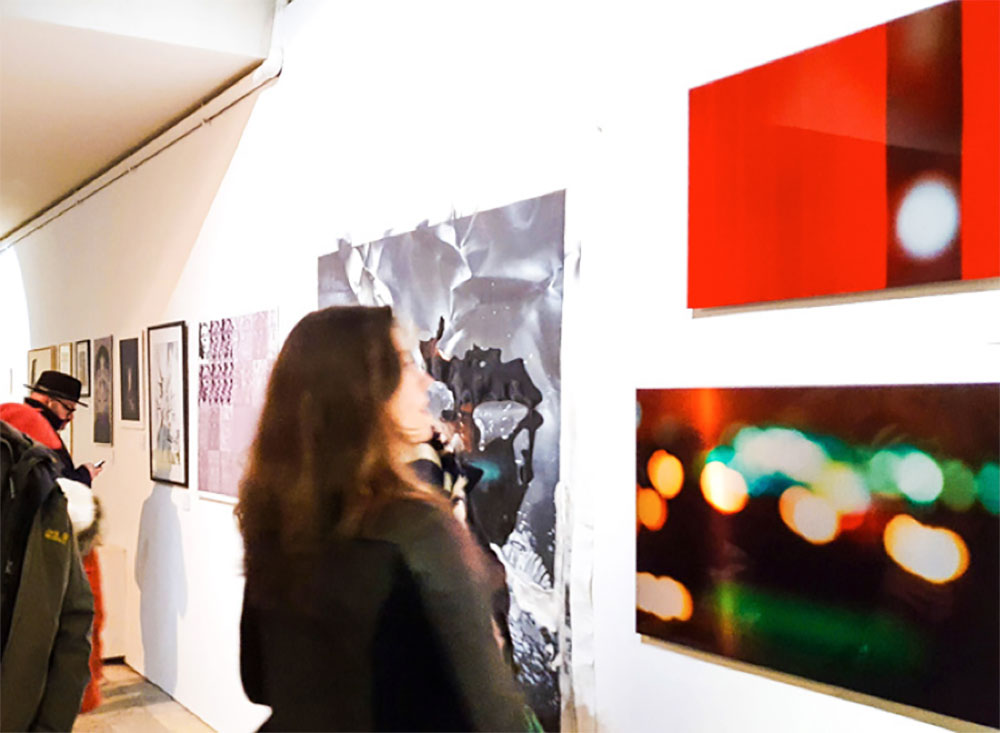
Let there be light pieces exhibited at Contemporary Venice Art Exhibition (2017) – Venice, Italy
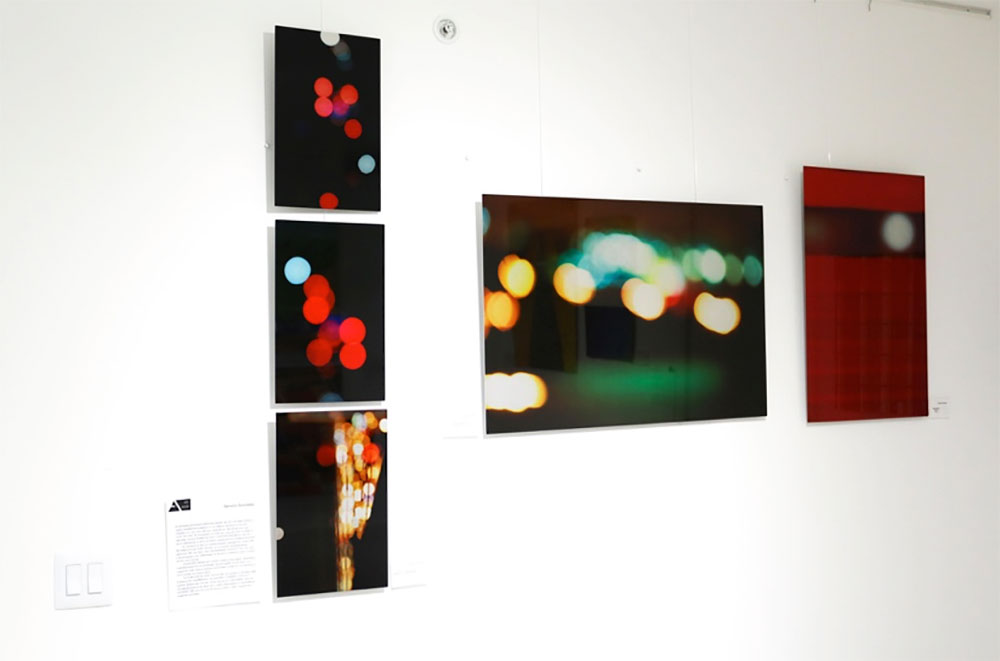
Let there be light pieces exhibited at Art Living Room during «.raw Exhibition», Miami Florida (2017)
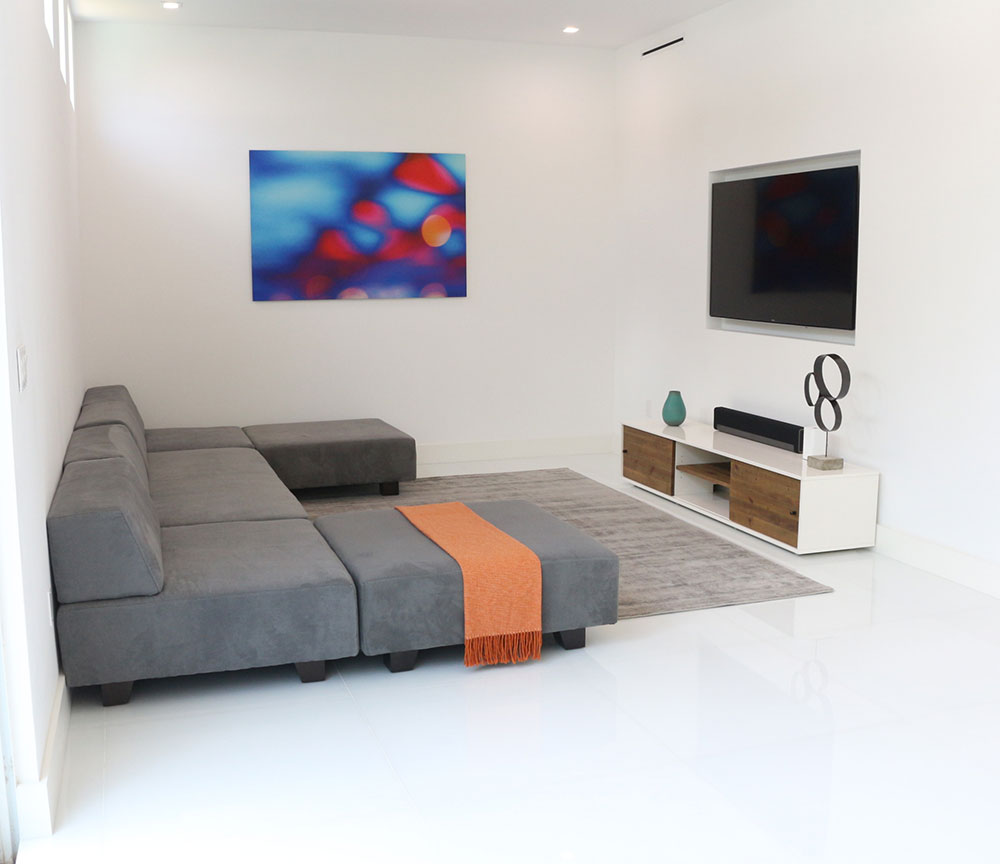
Artwork: Charming Energy by Genesis Gonzalez
Interior Design: Create Group LLC, Miami Florida.
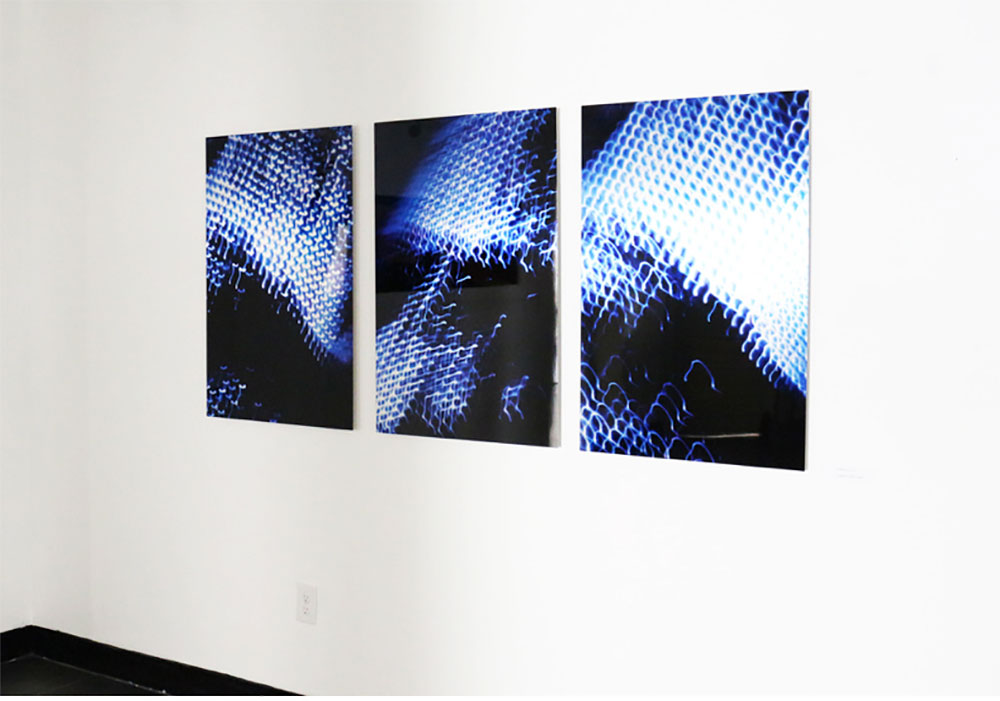
Catatumbo, Collection #10 (2015) Photography printed in aluminum by Genesis Gonzalez
Artisan Lounge Art Exhibition, Miami Florida
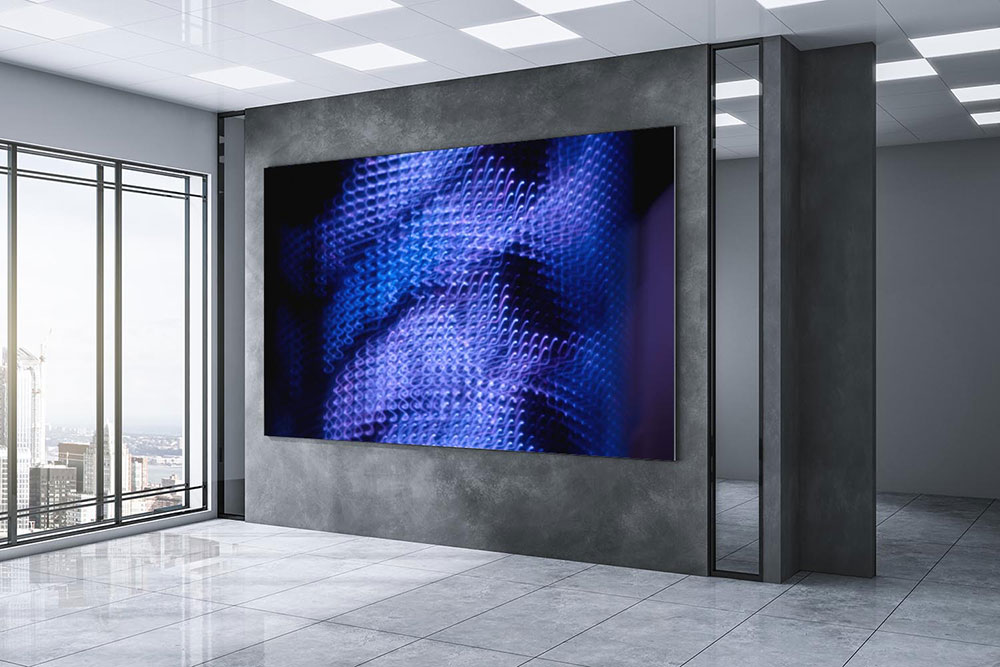
Supreme Blue (2015) Digital Set – Abstract Photography by Genesis Gonzalez
The presentation of a new approach to traditional photography plus working with a modern, original surface to present it, made of my body of work a well-received art into Art Galleries, Museums, Interior Designers and Architects.
Genesis A. Gonzalez P.
Fine Art Photographer & Visual Artists
www.genesisgonzalez.com
@ggart8
Foto principal: Let there be light pieces at Future Landscape Exhibition, Borders Festival (2016) – Venice, Italy
